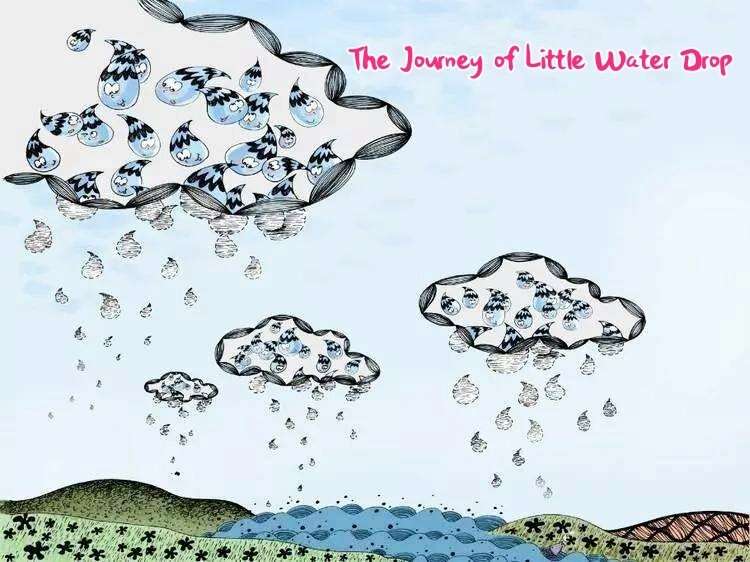Using cloud-precipitation relationship to estimate cloud water path of mature tropical cyclones

The cloud water path of mature tropical cyclones can be estimated by a notable sigmoid function of near-surface rain rate, according to Prof. Yunfei Fu, a professor at the School of Earth and Space Sciences, University of Science and Technology of China, and one of the authors of a recently published study in Advances in Atmospheric Sciences.
"It is known that clouds play a significant role in the climate system due to their ability to modify the global radiation balance and atmospheric water cycle. Furthermore, cloud development, to a certain extent, will produce precipitation, which is closely related to many aspects of human life. The cloud microphysical processes that affect precipitation are complex, and whether cloud parameters can be used as indicators for precipitation, or vice versa, requires further study," says the first author of the study, Dr. Shuang Luo. "We analyzed the potential correlation between cloud microphysical properties and precipitation, to deepen our understanding of the evolution of cloud to rain."
Luo and Fu combine time- and space-synchronized precipitation and spectral data obtained by the precipitation radar as well as the visible and infrared scanner onboard the TRMM satellite, and therefore overcome the limitations of precipitation properties and cloud parameters not being synchronized in previous studies.
In order to investigate the relationship between cloud water and precipitation intensity in mature typhoon systems, the team obtained 25 collocated satellite overpasses of mature typhoon cases in the Northwest Pacific Ocean from 1998 to 2012 (144,515 precipitation pixels in total). The results show that the cloud water path exhibits an oblique S-type change with increasing near-surface rain rate and ultimately tends toward saturation. In addition, the cloud water path and near-surface rain rate of mature typhoon systems with different precipitation types, precipitation cloud phases, and vertical depths of precipitation can be fitted by a notable sigmoid function, which may be useful for estimating the cloud water path and parameterizing precipitation in models.
"These newly derived relations certainly provide a new way to estimate the cloud water path of mature typhoon systems in the Northwest Pacific Ocean," Dr. Luo believes. "To better capture information inside the clouds, we need to obtain not only the cloud microphysical properties near the cloud tops, but also the profiles of cloud parameters inside the clouds, which is essential to analyzing the correlation between cloud and precipitation profiles." They plan to conduct further research along these lines in the future.

More information: Luo, S., Fu, Y., Zhou, S. et al. Analysis of the Relationship between the Cloud Water Path and Precipitation Intensity of Mature Typhoons in the Northwest Pacific Ocean. Adv. Atmos. Sci. 37, 359–376 (2020). doi.org/10.1007/s00376-020-9204-9
Provided by Chinese Academy of Sciences



















